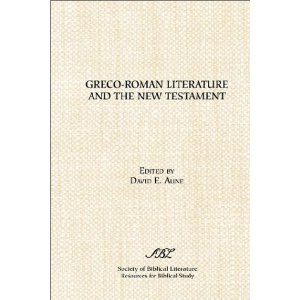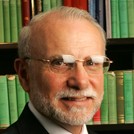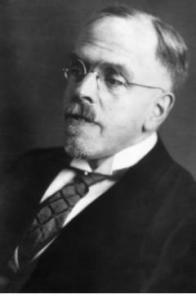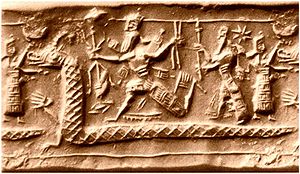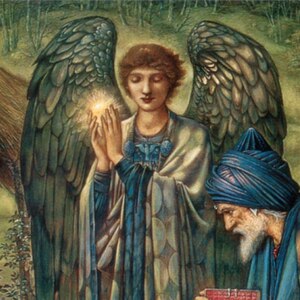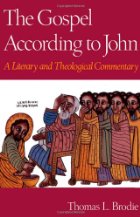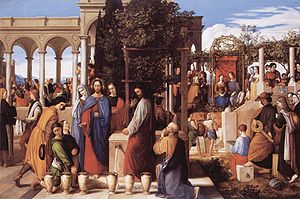Richard Carrier has posted a review of Thomas L. Brodie’s Beyond the Quest for the Historical Jesus: Memoir of a Discovery. It is here on the freethought blog. I will be posting more of my own thoughts on the book in future posts here. While I agree with much of Carrier’s assessment I do hold back from some of his more “jaded” (his term) expressions: Of course the book is not written as an argument to prove Jesus never existed. It is, as Carrier rightly notes (though I think he loses some balance here in overstressing what the book is not) an autobiographical journey of how Brodie came to conclude Jesus did not exist. While it is certainly logically valid to insist that it is not valid to conclude that Jesus did not exist if all one has is evidence that Jesus was a literary character, but at the same time, in the absence of positive evidence for Jesus’ historicity, it is certainly valid to conclude that there is no reason to accept Jesus as a historical figure. If the only extant evidence is literary metaphor or a theological concept then it is valid to conclude that Jesus was a literary metaphor until other evidence comes along to the contrary. (Carrier will possibly object here by pointing to Paul’s letters, but this is a discussion I will have to leave for another time.)
I do agree with Carrier that Brodie does make some excellent points on the scholarship that has attempted to find historicity in oral tradition, and I have posted in depth on that aspect of Brodie’s book.
René Salm has posted the paper he delivered at the SBL conference recently. I like the way he nails from the outset common dismissals of his thesis that Nazareth did not exist in the time of Jesus (my emphasis):
Not being an archaeologist myself, I am often asked: “How can you date evidence, Mr. Salm?” or: “How can you presume to correct professional archaeologists?” or: “How can you have any opinion on these matters?” However, there is a misunderstanding inherent in these questions, for I have never dated anything at all. I have simply identified the relevant archaeological experts and quoted their published datings: Hans-Peter Kuhnen on kokhim tombs, Varda Sussman on bow-spouted oil lamps, Roland Deines on Jewish stone vessels, Amos Kloner on circular blocking stones, and so on. The case regarding Nazareth does not rest on my opinion at all. Anyone who disagrees with The Myth of Nazareth is not disagreeing with me but is taking issue with the leading archaeological experts in the world. As we shall see, this is fatal for traditional conclusions regarding Nazareth.
and on those popular reports of the house and bath supposedly from Jesus’ time: Continue reading “Carrier on Brodie and Rene Salm, at SBL, on Nazareth, Pious Fraud, James McGrath and others”

